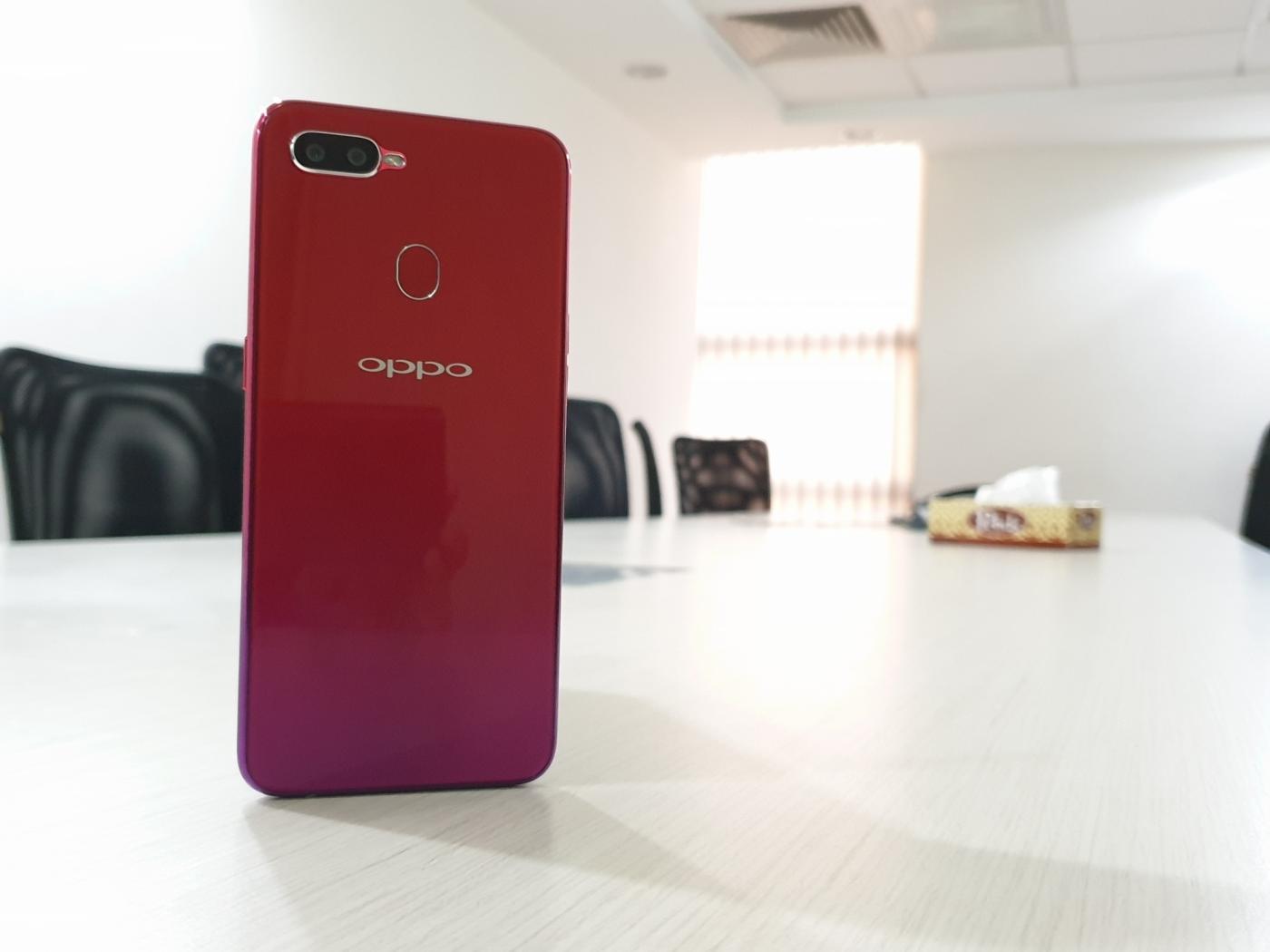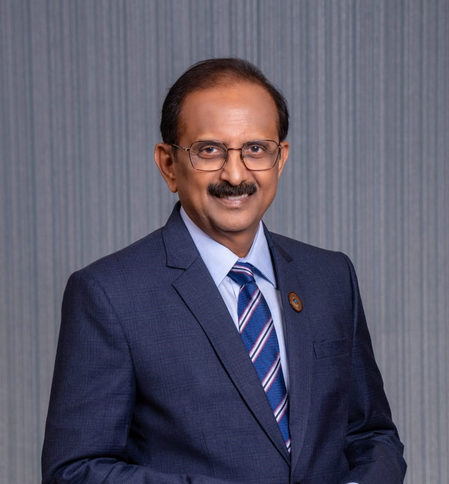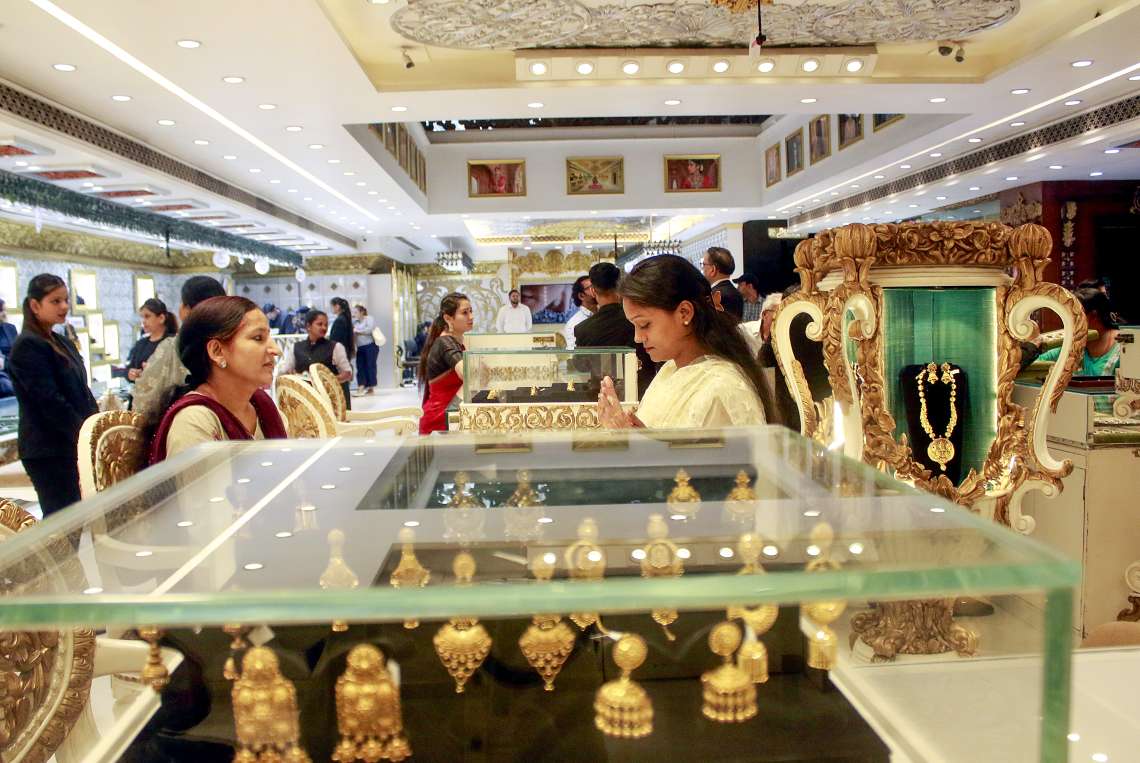Chinese handset maker OPPO is among those credited with starting the selfie craze in India. The effort paid off well and OPPO has since been refreshing its “F” and “A” selfie-smartphone series from time to time…reports Asian Lite News

The smartphone player has now brought the popular water-drop notch trend (which is fast catching on) in F9 Pro that costs Rs 23,990 for a configuration of 6GB RAM and 64GB internal storage (expandable up to 256GB).
Here is what we think of OPPO F9 Pro.
When it comes to design language, the company has made an effort to introduce three novel colours with a patterned back.
We got the sunrise red variant which has a gradient of red and violet. The upper red part of body looked decent but the gradient purple-red colour made the device look garish.
Of course, choice of colours is a subjective matter, but we would recommend the low-key twilight blue variant that definitely looks classier.
The front is dominated by a 6.3-inch display with an aspect ratio of 19.5:9 and a resolution of 1080×2340. The screen was good to look at with punchy colours. The waterdrop-style notch gave us enough space to browse videos and play games.
Thanks to the waterdrop notch, the device has an over 90 per cent screen-to-body ratio which means more viewing experience.
The smartphone sports 16MP+2MP sensors at the back and the camera app looks similar to the Apple iOS app. The camera app has modes such as timelapse, slow-mo, portrait and expert.
The 25MP front shooter did a decent job of clicking selfies.
The overall performance of the phone was backed by an octa-core MediaTek Helio P60 chipset that handled multi-tasking and running multiple apps simultaneously quite well.
Notably, this is the same chip that powered the budget “Real 1” smartphone that was launched some time back for Rs 8,990.
The F9 Pro is fueled by a 3500mAh battery which is one of the high points of this device. It also comes with the in-house “VOOC fast-charge” technology that charged the phone from 0-100 in little less than two hours.
What does not work?
The smartphone maker hasn’t specified whether the frame of Oppo F9 Pro is made of metal or plastic. It does feel like a polycarbonate back instead of glass.
The body isn’t made of reinforced glass which is a major bummer considering the price tag.
We found the dual rear camera system underwhelming and yes, it fell short of justifying the price tag.
OPPO’s proprietary “ColorOS” skin based on Android 8.1. Oreo had a fair amount of bloatware and came preloaded with apps such as UC Browser.
Conclusion: Considering all the aspects, the OPPO F9 Pro is strictly okay. It is a smartphone wherein design was given preference over performance and internals. Its smaller sibling, F9, offers the same package but is Rs 4,000 cheaper — so the decision is yours.








